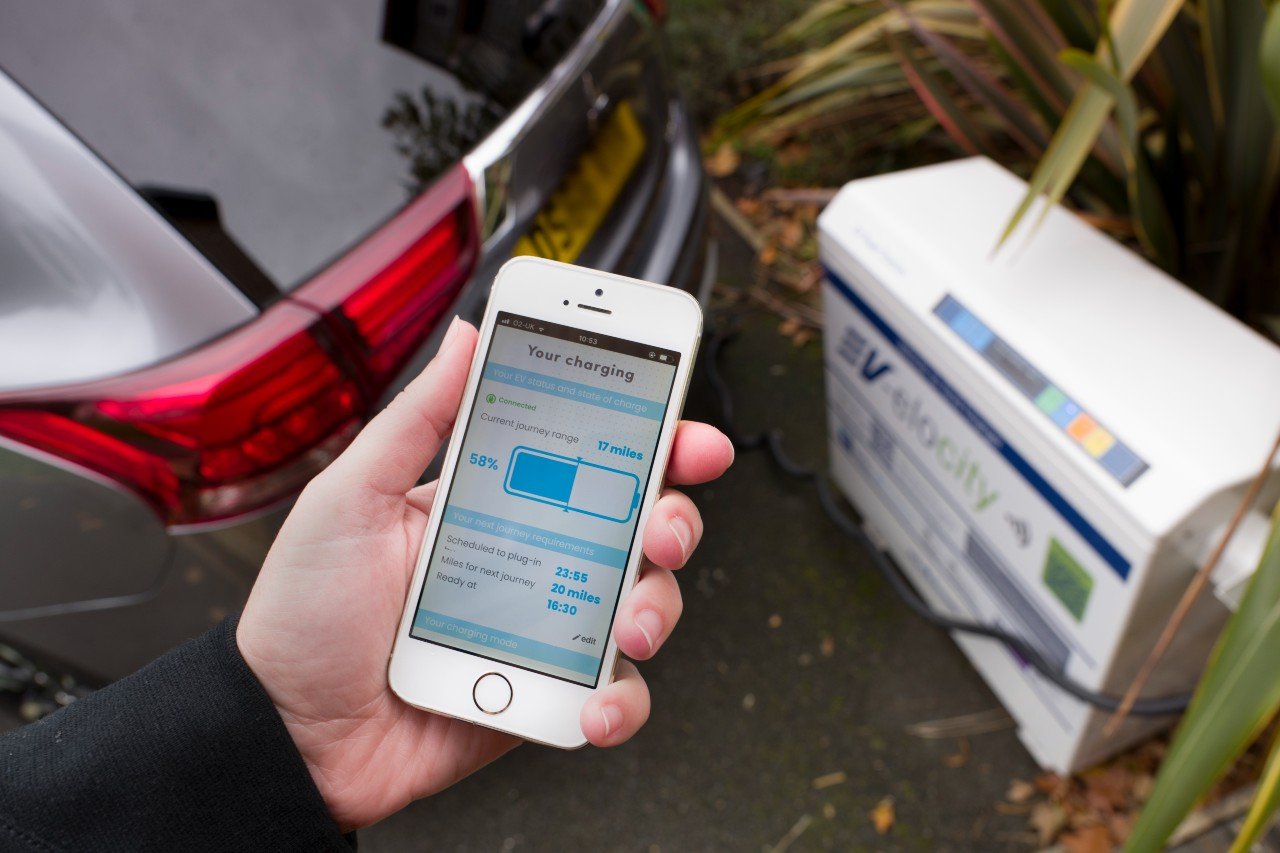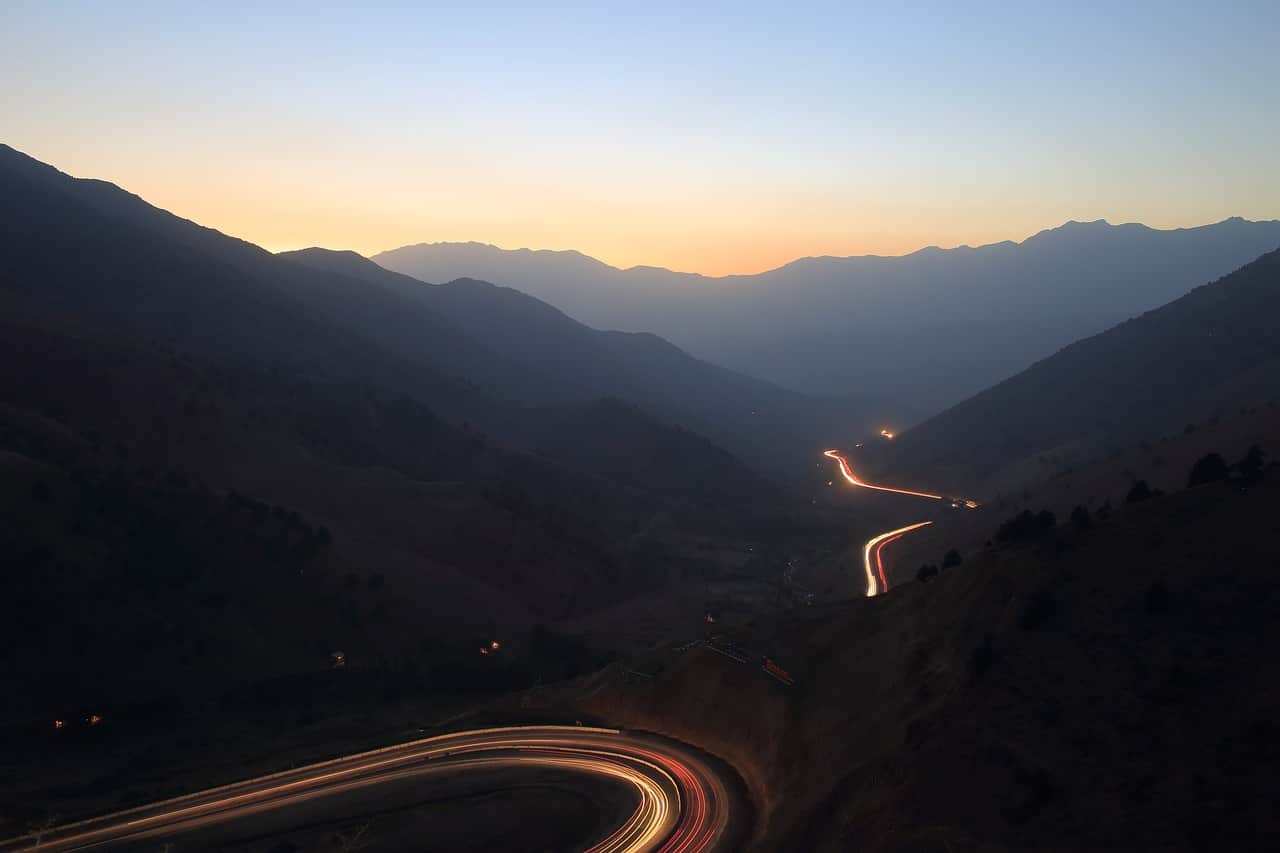
About Green Caravan
- Founders: Ferry Tap, Jasper Moelker, Kai Voigt, Yannick Smits, Tom Visser, Bart Bost, David Bridgfoot and Henry Lootens
- Founded in: 2021
- Employees: -
- Money raised: €250,000.
- Ultimate goal: Establishing a fossil-free charging network in Europe.
Nowadays, 1 in 3 new cars is electric, and with that comes a rise in demand for green charging stations. However, it turns out that this green power is not 100 percent green: about 65 percent of the electricity on the grid is still produced with gas and coal. Ferry Tap, CEO of Green Caravan, is developing charging stations that are independent of the electricity grid. He talks more about this to IO in this installment of Start-up of the day.
How did you come up with the idea?
“I’ve been an entrepreneur since 2004 and sold my first company in 2016. But I wanted to stay in business. I wanted to develop a practical product that would help the energy transition. ‘How can we make a big impact in terms of savings in carbon emissions in the short term,’ was a question I was constantly asking myself.
During the first lockdown in 2020, I started a market study on charging electric vehicles. Statistics showed that renewable electricity in the Netherlands still makes up a rather limited proportion of the total energy supply. Moreover, in actual practice, 60 percent of power is still generated from natural gas and coal sources. Then the idea arose to charge with fossil-free sources of electricity and at the same time provide insight into the emissions released during its generation.”
What product did you want to conquer the market with?
“Last year, we launched our own charge card, which is the only one that can accurately track CO2 emissions from electricity that is generated. Our charge card works all over Europe. We match the transactions that are made with the charge card here in the Netherlands with data that we have on the electricity grid here. We do this with a self-developed data model that keeps track of the grid’s CO2 emissions per hour. That way, a user can see exactly how much in terms of CO2 emissions the generation of their electricity has cost.”

What is the rationale behind Green Caravan?
“The charging card was the first product we brought to the market as a way to build brand awareness. We also want to provide public fast charging stations that operate independently of the grid and supply 100 percent fossil-free electricity.”
More than 9 out of 10 charging stations do not let customers pay with their own payment cards. What’s the situation with you?
“That is admittedly a problem. But with our charge card, you can use any charging location. The fact is that a tremendous number of charging stations still need to be added. The problem is that at the moment, for instance in the south of the Netherlands, companies have to wait to be connected to the grid. We don’t have that problem. After all, our charging stations operate independently of the grid. As a result, we are able to build new charging locations faster.”

What are some of the challenges you are running into?
“We are now working on the preparation of the first charging bays. The main challenge is all about finding the right locations. We will need places where we can put a lot of solar panels. You’ve got to get permission from municipalities for that. You also have to take the interests of local residents into account, to name just one thing. It’s not easy to get everyone on the same page. Because it is a new concept, after all. People have to get used to it.”
What’s more, this kind of project is capital-intensive. Our kind of charging bays are much more expensive than what is currently the market standard. Those costs are expected to drop over time as we can supply more bays. We don’t yet have a working setup to show as proof-of-concept, which is why it is still difficult to win over investors.”
How do you differentiate yourselves from competitors?
“That boils down to two things. One is that our business model means that we can compete in terms of price. The second comes down to CO2 emissions. Thanks to our data model, we know what competitors are emitting when it comes to CO2. We are below them by a factor of 6 to 8. And that’s going to be a key distinction in the near future, because now we just need to save CO2.”
What are your goals for the future?
“We want to finalize funding for the first charging bay by the end of this year. To that end, we are currently in the process of setting up online fundraising and are holding talks with municipalities, governments and investors. Beyond that, we want to have built six charging locations across the Netherlands by the end of 2024.”








